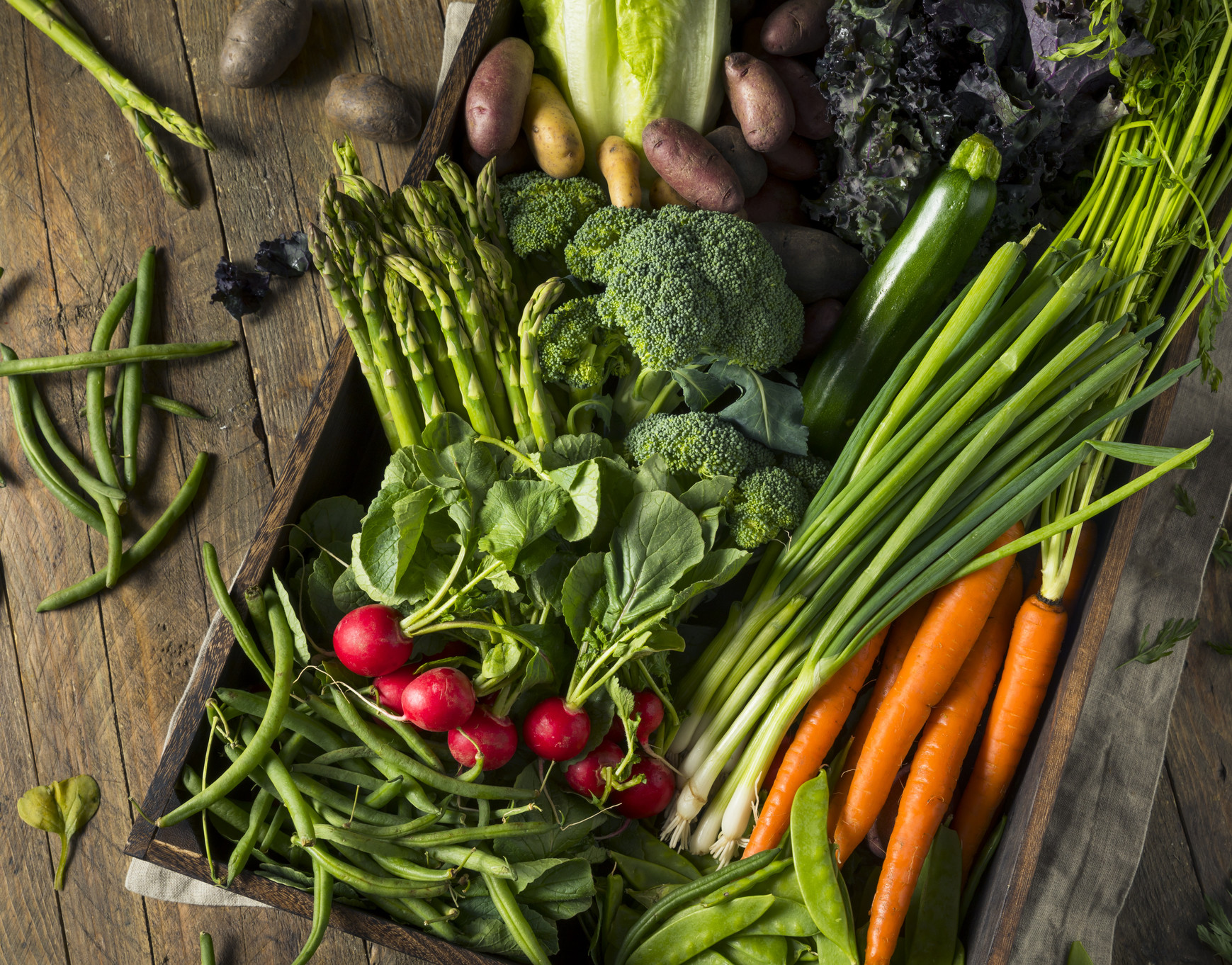It’s not often that a serious medical condition sparks a dieting fad. Such is the case with the gluten-free craze. Sufferers of Celiac Disease, an autoimmune digestive disease, absolutely must avoid foods containing gluten, but somehow gluten-free has caught on with non-sufferers who think cutting out gluten will help them eat better or lose weight. It won’t necessarily do either, yet right now there are loads of gluten-free products being marketed to the general population that suggest they can. Even Domino’s Pizza is on the bandwagon with gluten-free pizza crust, although the company’s website cautions that it is not recommended for true Celiac suffers!
Perhaps you have been considered going gluten-free? Before you stop eating breads, pastas and cereals let’s look at the facts about gluten, Celiac, gluten intolerance and gluten sensitivity.
What is Gluten?
Gluten is a protein found in wheat that gives elasticity to dough, helping it to rise and keep its shape. Gluten is a combination of gliadin and glutenin, which is joined with starch in various grains. Gliadin is what enables bread to rise properly while glutenin is the major protein in wheat flour, making up 47% of the total protein content.
Celiac Disease
When people with Celiac Disease eat foods or use products containing gluten, their immune system responds by damaging the small intestine. The tiny, fingerlike protrusions lining the small intestine are damaged or destroyed. Called villi, they normally allow nutrients from food to be absorbed into the bloodstream. Without healthy villi, a person becomes malnourished, regardless of the quantity or quality of food eaten.
Recognizing Celiac Disease can be difficult because some of its symptoms mirror those of other diseases. In fact, sometimes Celiac Disease is confused with irritable bowel syndrome, iron-deficiency anemia caused by menstrual blood loss, Crohn’s disease, diverticulitis, intestinal infections, and chronic fatigue syndrome. As a result, Celiac Disease is commonly misdiagnosed. According to National Digestive Diseases Clearinghouse, more than 2 million people in the United States are affected by Celiac disease, or roughly, 1 in every 133 people.
- Symptoms Early signs and symptoms of Celiac include: stomach pain, bloating, gas, decreased appetite, weight loss, intermittent or constant diarrhea, nausea and/or vomiting, and floating stools that are bloody or fatty in appearance. Long-term symptoms include easy bruising, hair loss, missed menstrual periods, fatigue and joint pain, and dermatitis, or itchy skin.
- Diagnosis Often the results of a blood test help detect Celiac Disease. If a blood test comes back positive for the appropriate antibodies, an upper endoscopy may be performed to assess possible damage to the small intestine, more specifically the duodenum. If there is a flattening of the villi, those finger-like projections that absorb nutrients, the doctor or a registered dietitian will work with the patient to create a gluten-free diet. After a few months, the doctor may order another round of blood tests and endoscopy to evaluate the body’s response to the new diet. If the results are normal, it is confirmed that Celiac Disease is the cause. Genetic testing is also helpful for relatives of those with Celiac Disease, as the disease is hereditary and very common with first-degree relatives.
- Long term damage from eating gluten with celiac disease According to the American Celiac Disease Alliance, eating gluten can cause those with Celiac Disease to be malnourished. This is because the body cannot absorb vitamins and minerals from food and instead excretes them in the stool. This can cause weight loss and vitamin deficiencies, which if severe enough can lead to stunted growth, neurological problems, and low bone density. Calcium and vitamin D are lost in the stool as well, which can lead to rickets in children (a type of kidney stone), as well as osteomalacia (softening of bones), osteopenia, and osteoporosis. Cancer, especially gastrointestinal cancer, has also been reported to occur in many cases of longstanding untreated celiac disease.
- Dietary restrictions Sufferers of Celiac Disease cannot eat foods containing all-purpose flour; bleached flour; bran; bread crumbs; durum flour/wheat; enriched flour; farina; gluten; semolina; spelt; wheat bran; wheat germ; wheat starch; whole wheat flour. Having eliminated these from the diet, gluten-free alternatives include rice flour/starch; potato flour/starch; oat flour/rolled oats; various “gluten-free” products.
Gluten Intolerance and Gluten Sensitivity
Some people suffer from gluten intolerance, which is different than Celiac in that it is not an immune mediated response. The symptoms of gluten intolerance appear after eating wheat or other foods containing gluten, which can cause abdominal cramping, bloating, diarrhea and flatulence. Researchers are looking into whether gluten intolerance over a long period causes permanent intestinal damage.
More commonplace is gluten sensitivity, which affects approximately 18 million people in the United States and it is characterized by a less severe form of gluten intolerance. The gastrointestinal symptoms are similar to those with Celiac Disease, however gluten sensitivity does not cause damage to the intestinal lining.
Deciding to eat gluten-free?
Of course eating gluten free makes sense for anyone with Celiac Disease or a significant sensitivity to gluten. But for the majority of us who are not bothered by gluten, are there real benefits to banning foods containing gluten? Not really. Just because a food product is billed as “gluten-free” does not mean that it is healthier. Gluten-free products can be high in calories, fat, and carbohydrates. Some people who go gluten-free actually gain weight. There’s probably no harm in cutting out gluten as long as you continue to eat a balanced diet. But unless you have medical reason to avoid foods containing gluten wouldn’t you prefer to stick with whole foods, which are likely to be cheaper, better tasting, more convenient and nutritious?
For more information about Celiac Disease and gluten-free eating visit the comprehensive website produced by the Celiac Disease Foundation.
DASHA® is a luxury lifestyle brand and New York City-based wellness center created to offer a truly holistic approach to wellness. To learn more, visit dashawellness.com.






